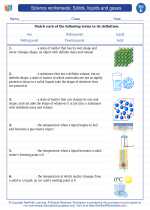Magnetism
Magnetism is a natural force that causes certain materials to attract or repel each other. It is a property of materials that can be observed in both natural and artificial forms.
Magnetic Materials
There are several materials that exhibit magnetic properties. The most common ones are iron, nickel, and cobalt. These materials are known as ferromagnetic materials because they are strongly attracted to magnets.
Types of Magnets
There are two main types of magnets: permanent magnets and electromagnets. Permanent magnets, such as those found in refrigerator doors, have a magnetic field that is always present. Electromagnets, on the other hand, are temporary magnets that are created by passing an electric current through a coil of wire.
Magnetic Fields
When a magnet is present, it creates a magnetic field around it. The region where the magnetic force is exerted is called the magnetic field. The magnetic field has both a magnitude and a direction, and it is represented by magnetic field lines.
Magnetic Poles
Every magnet has two poles – a north pole and a south pole. Like poles repel each other, while opposite poles attract each other. This is known as the law of magnetic poles.
Applications of Magnetism
Magnetism has a wide range of applications in everyday life and technology. Some common uses of magnetism include electric motors, generators, compasses, MRI machines, and magnetic storage devices such as hard drives and credit cards.
Study Guide Questions
- What are the three most common ferromagnetic materials?
- What is the difference between a permanent magnet and an electromagnet?
- Describe the magnetic field around a magnet.
- What are the two types of magnetic poles, and how do they interact with each other?
- Give three examples of everyday devices that utilize magnetism.
[Magnetic] Related Worksheets and Study Guides:
.◂Science Worksheets and Study Guides Fifth Grade. Science worksheets: Solids, liquids and gases.
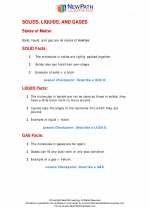
 Worksheet/Answer key
Worksheet/Answer key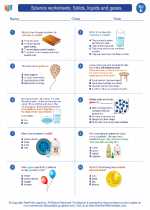
 Worksheet/Answer key
Worksheet/Answer key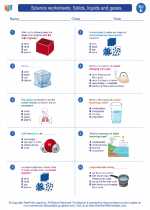
 Worksheet/Answer key
Worksheet/Answer key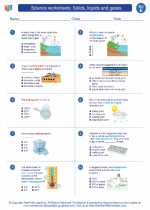
 Vocabulary/Answer key
Vocabulary/Answer key